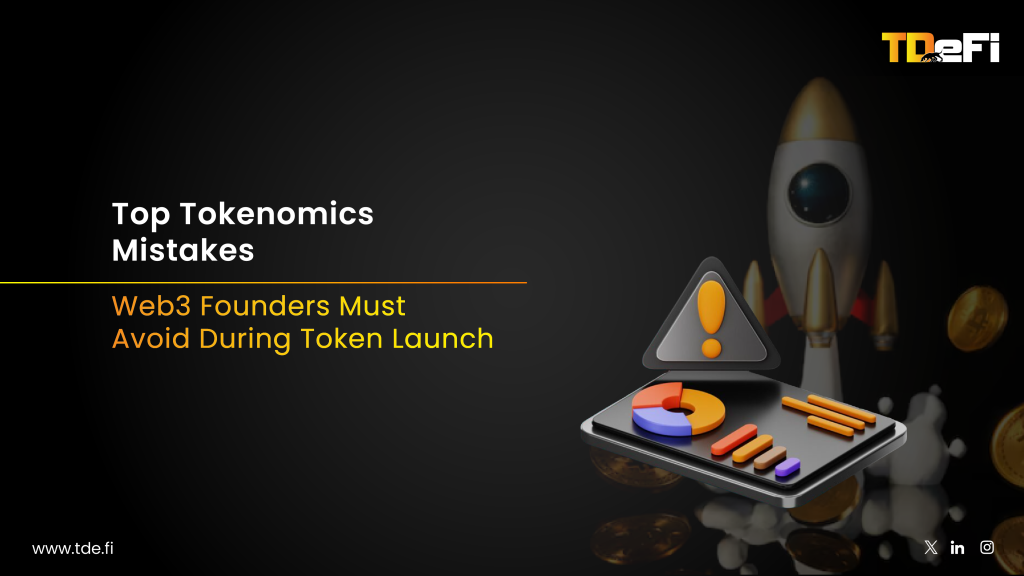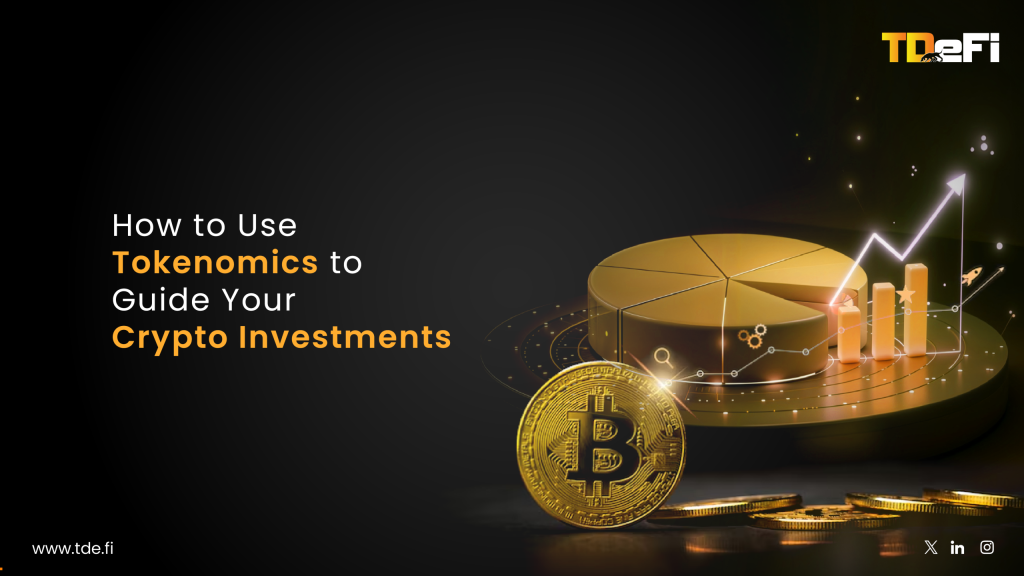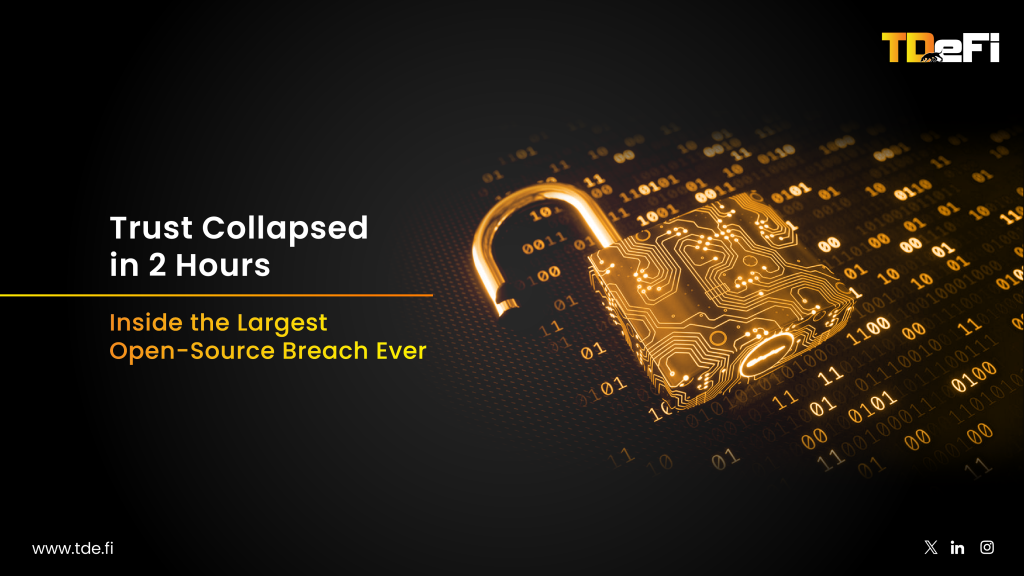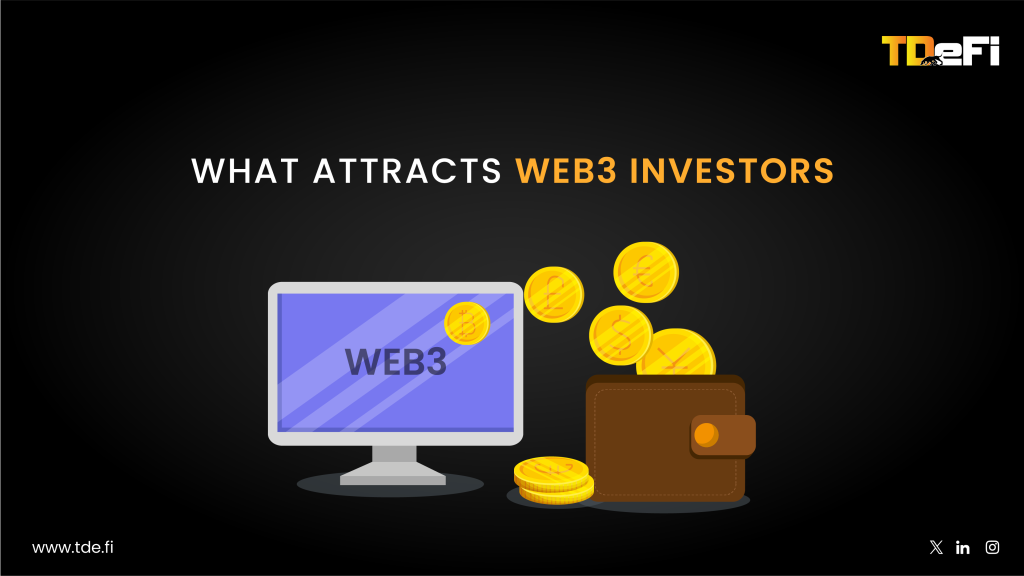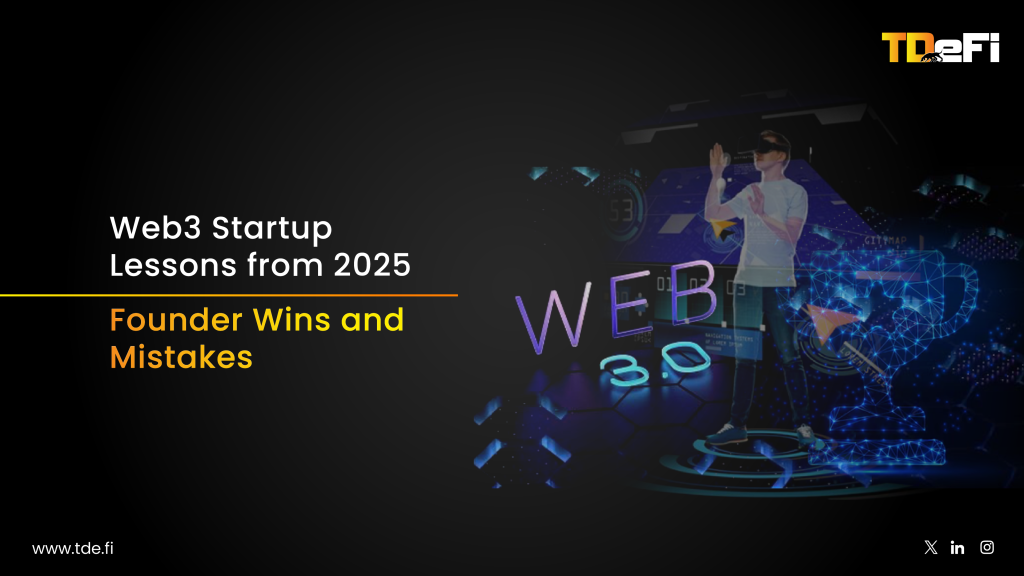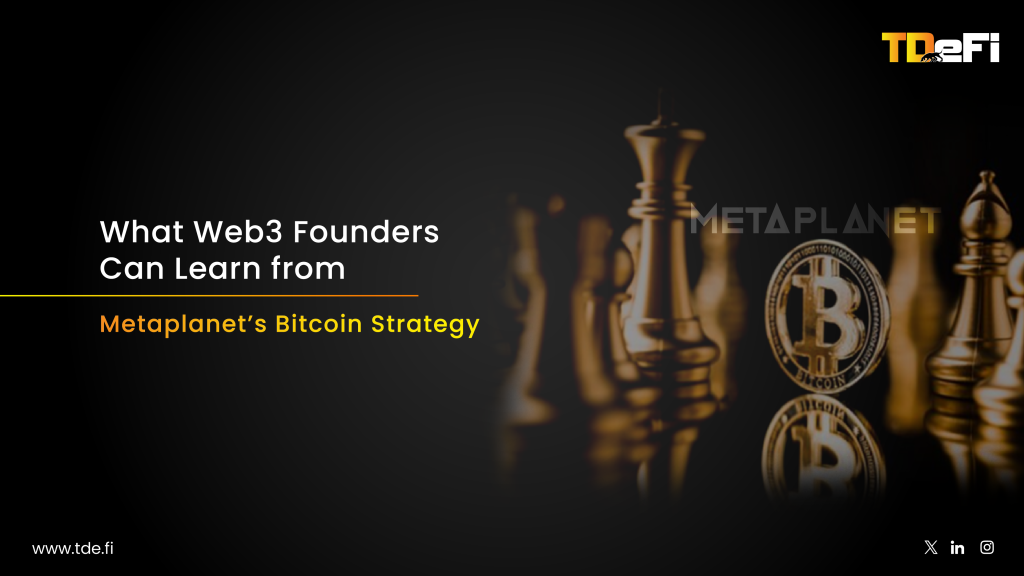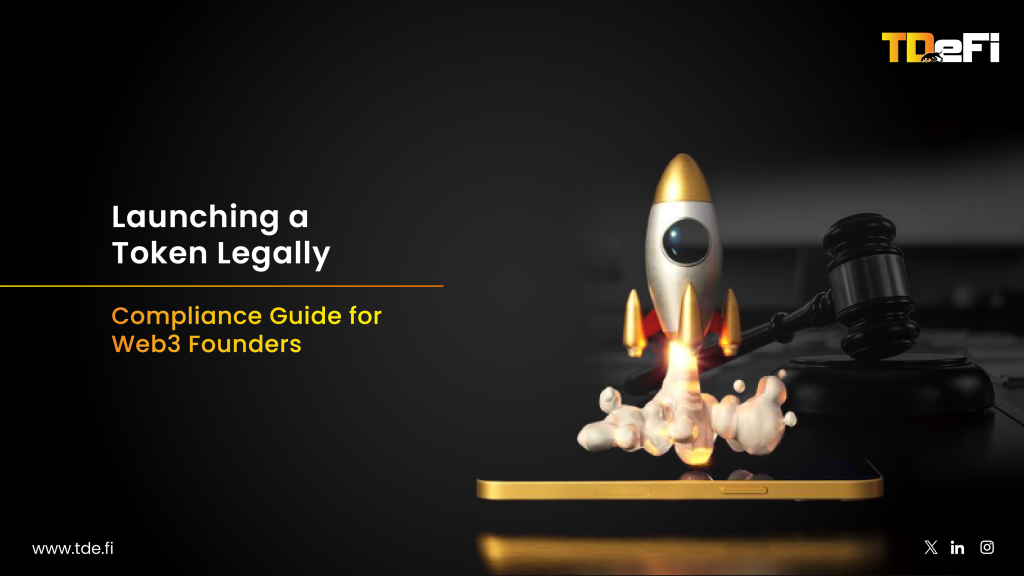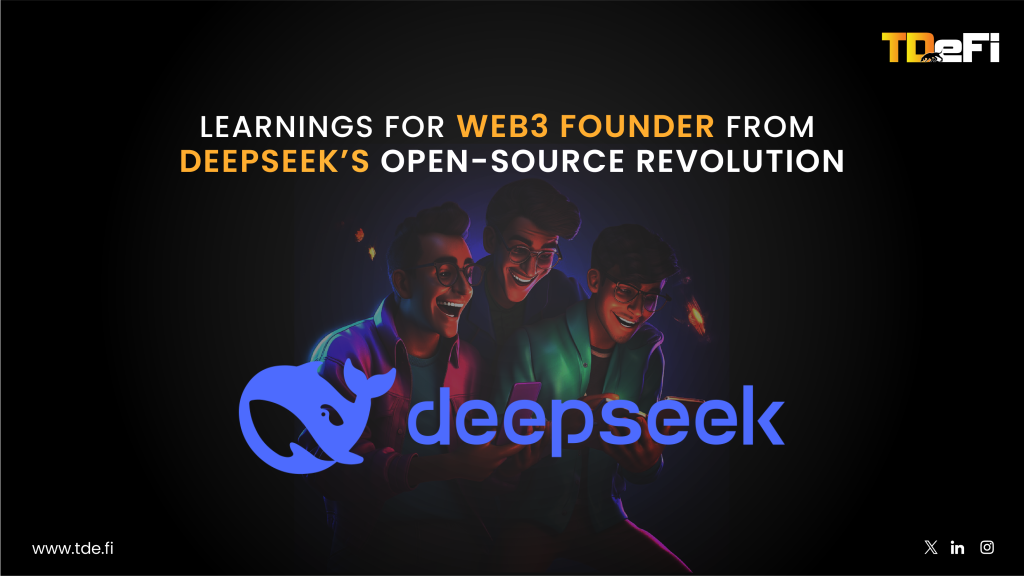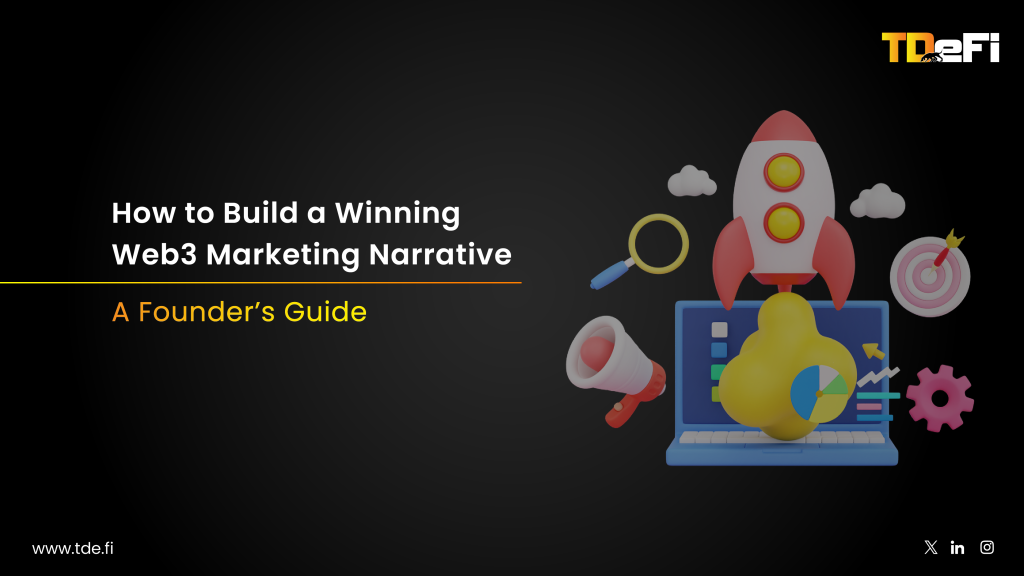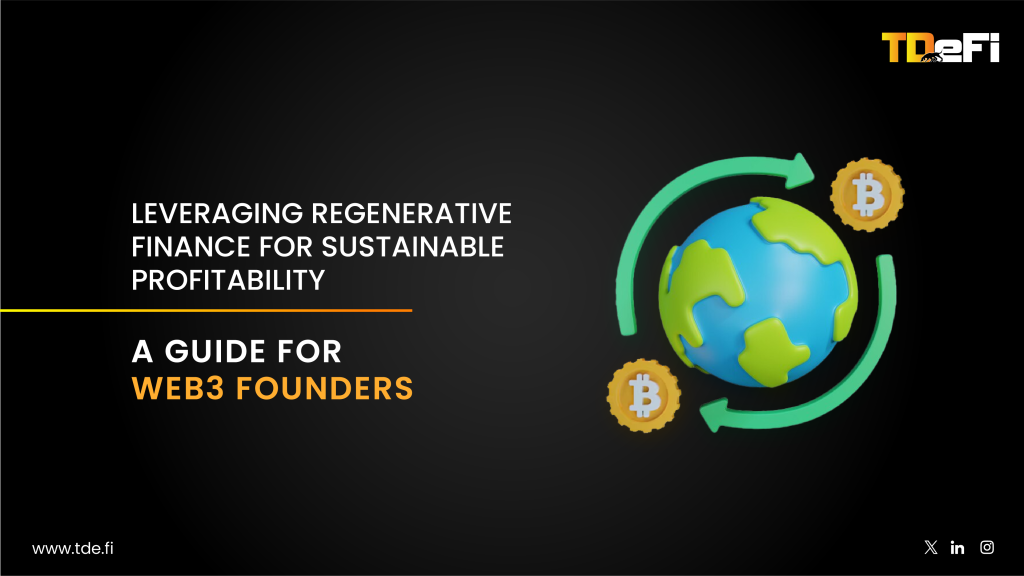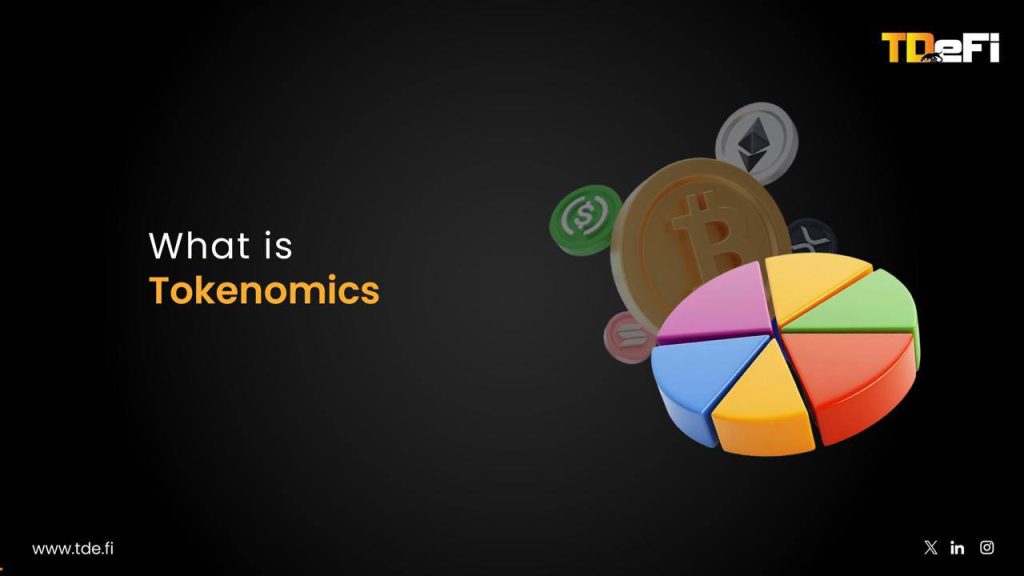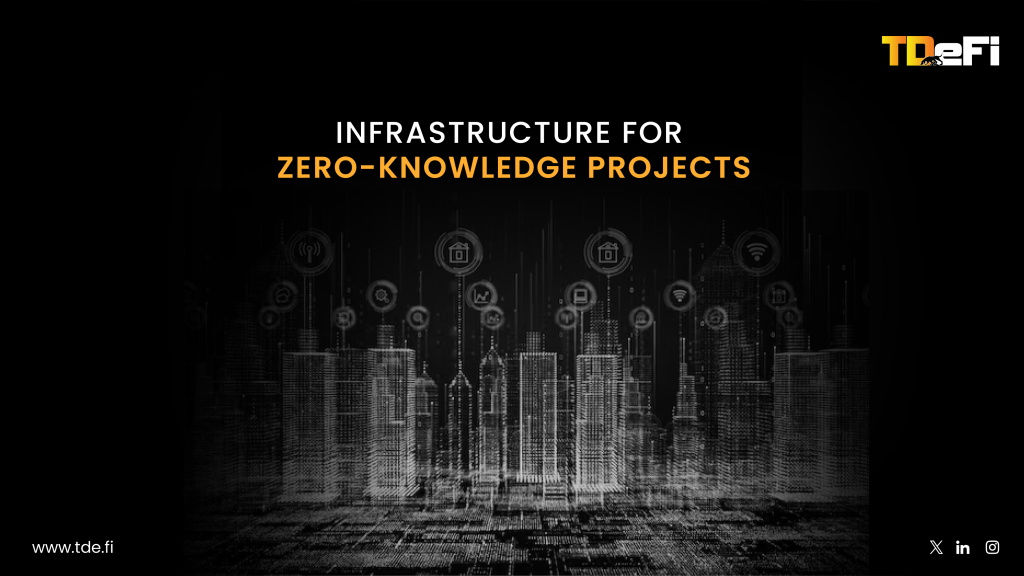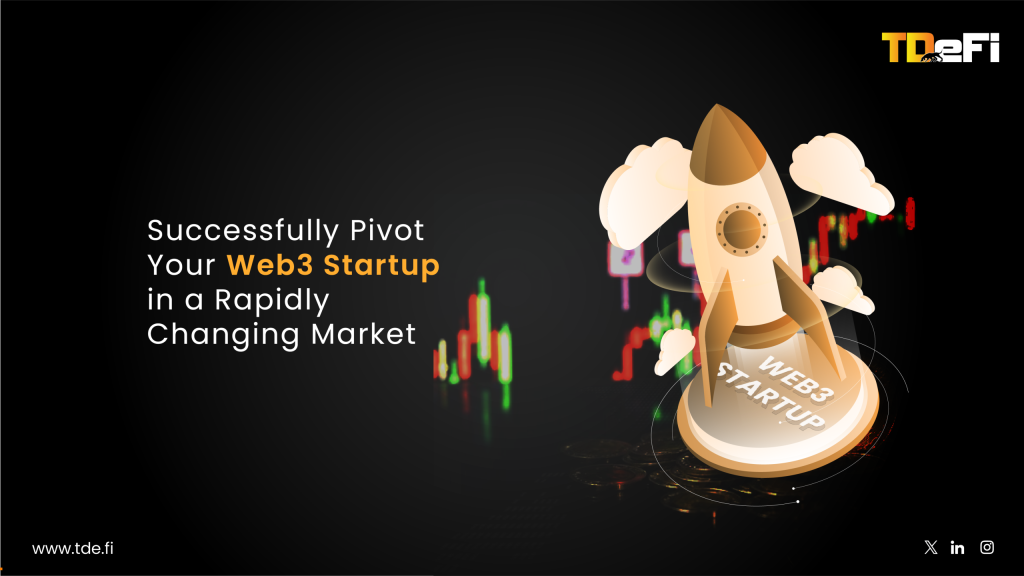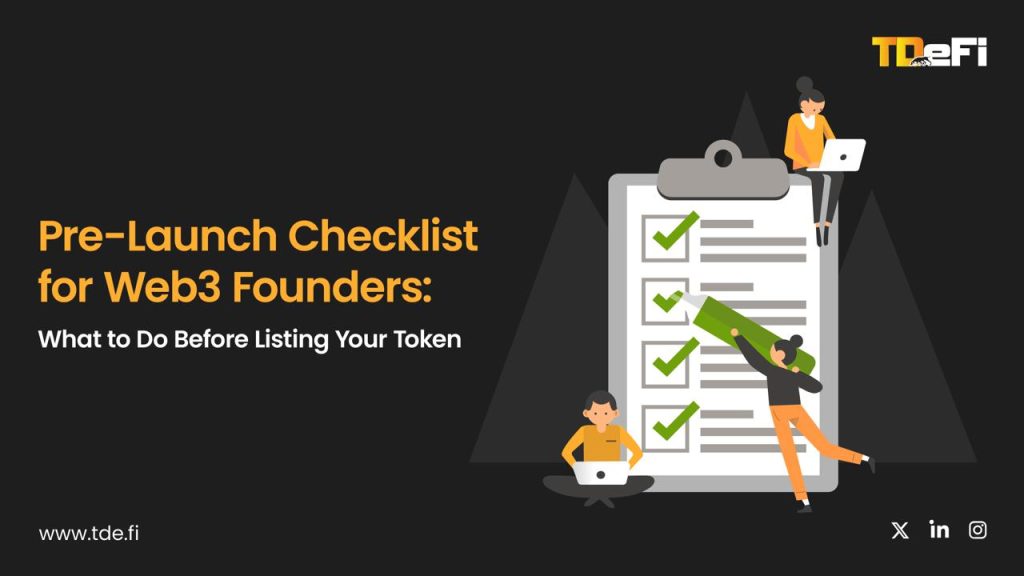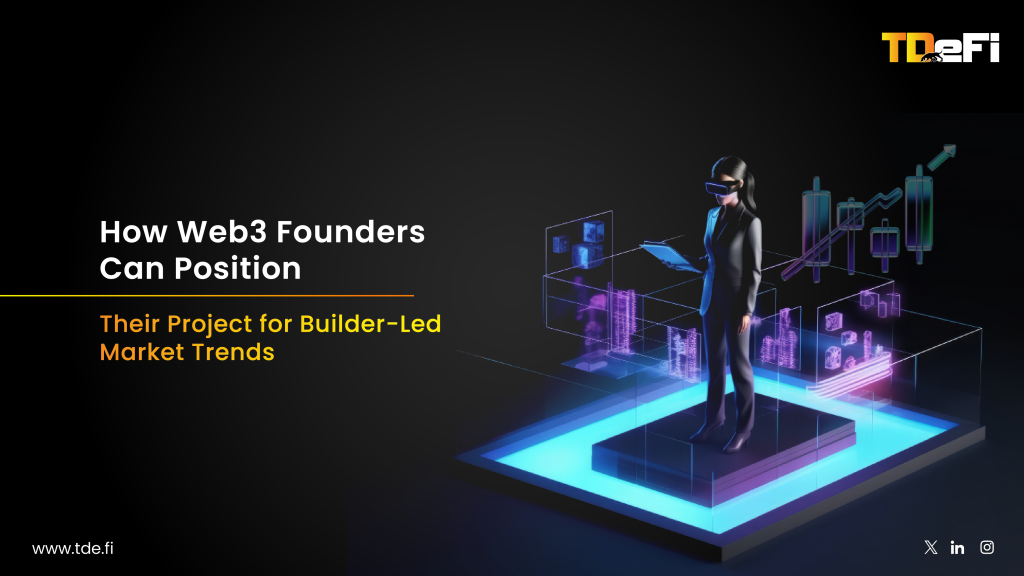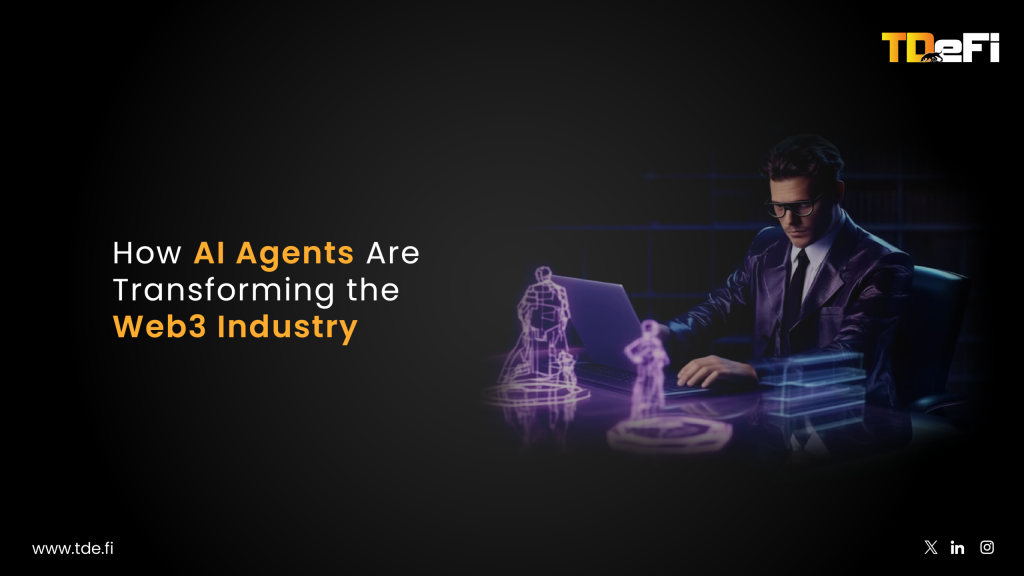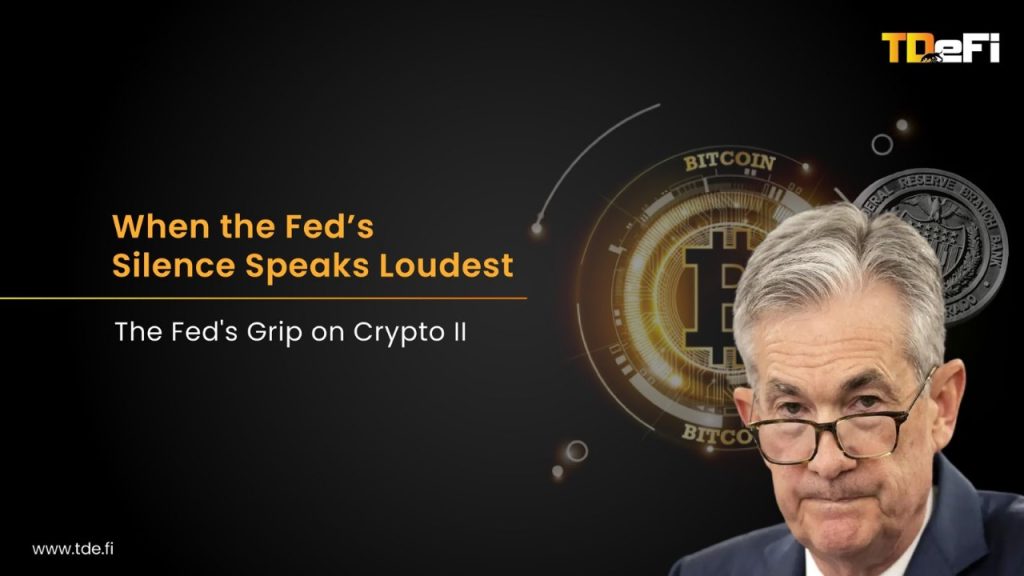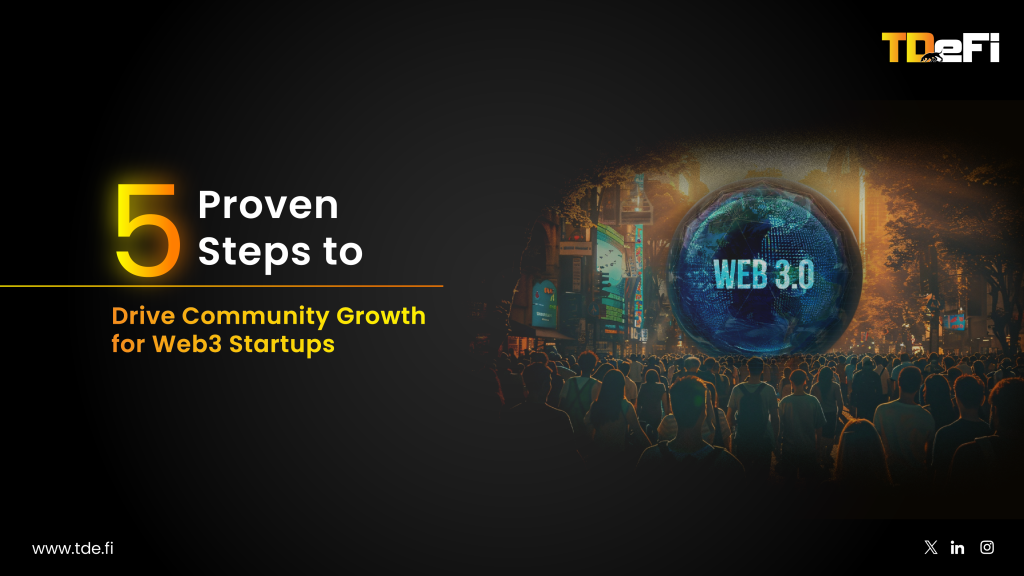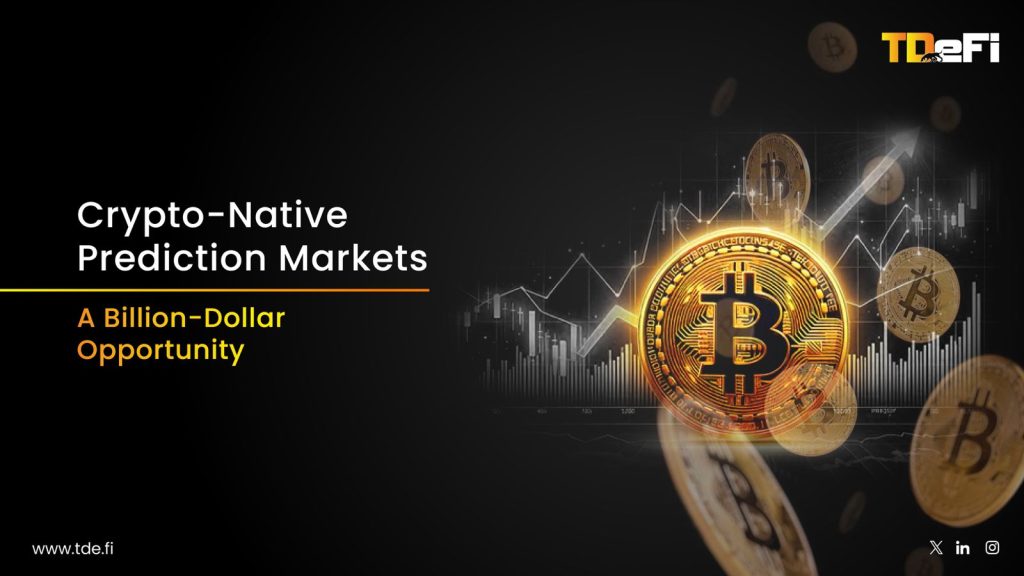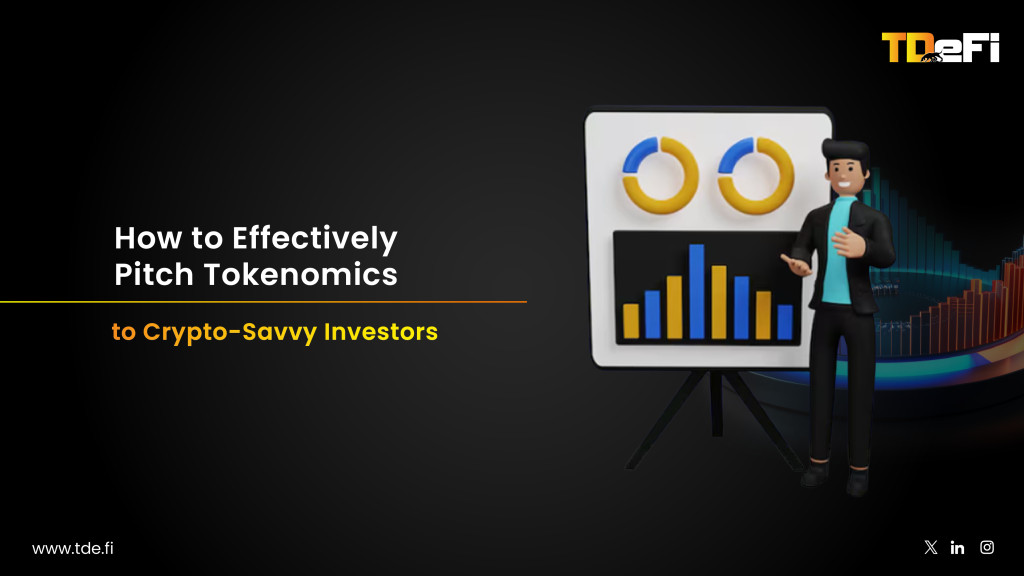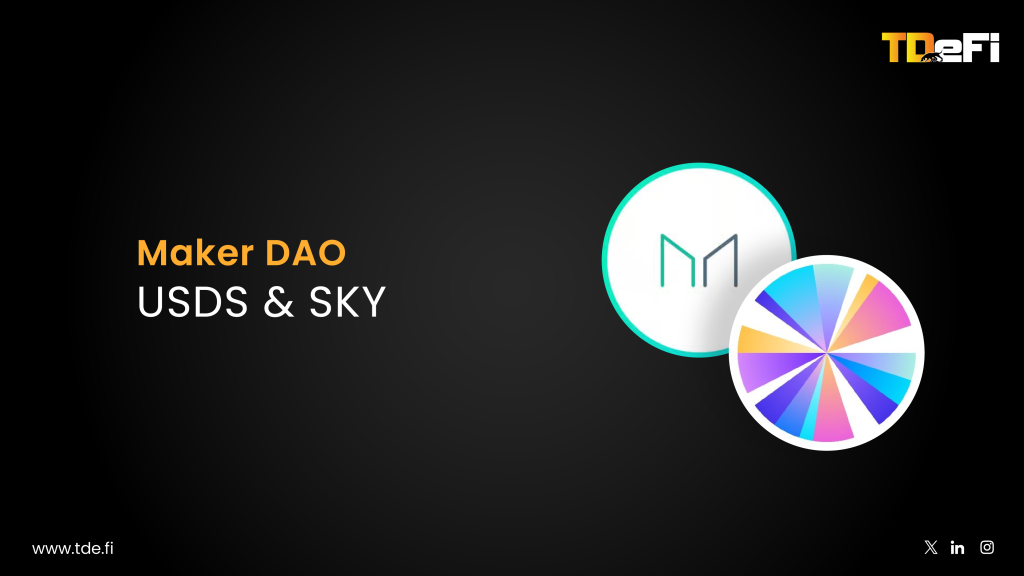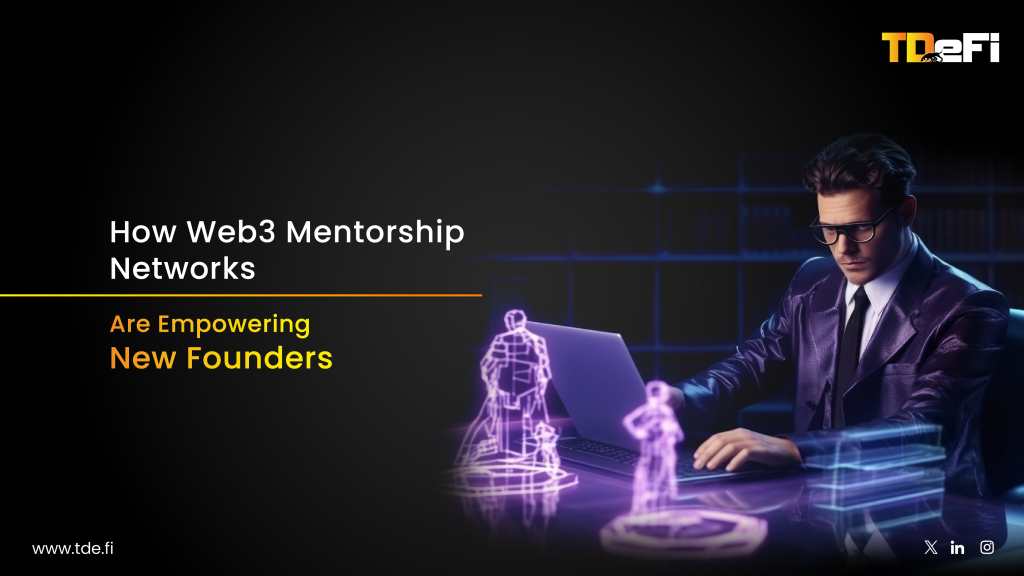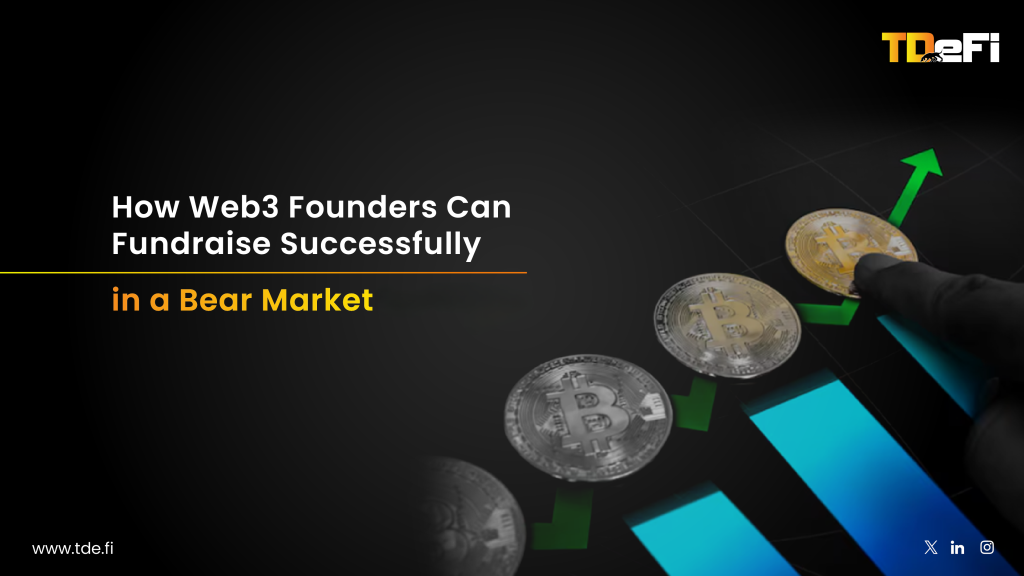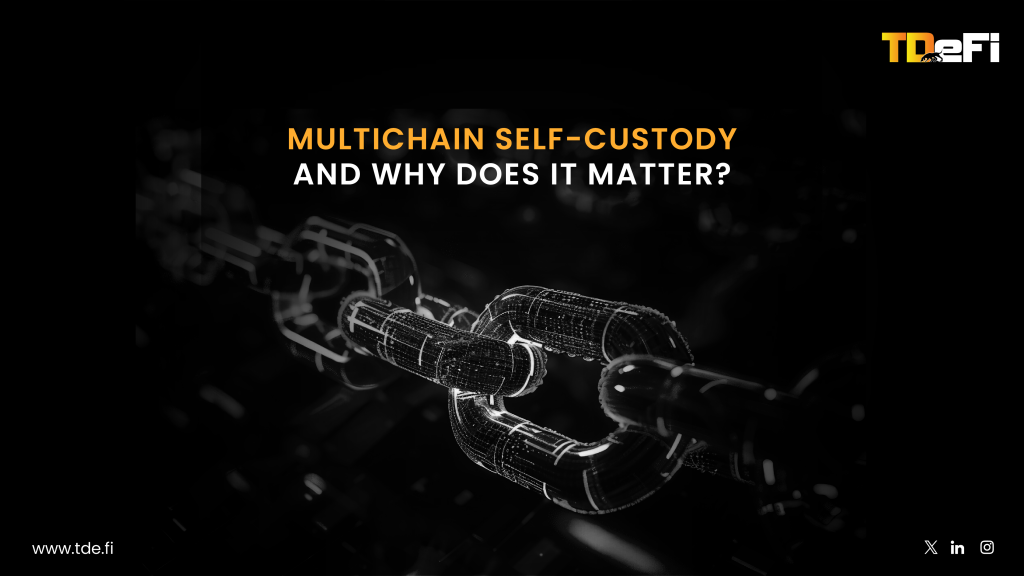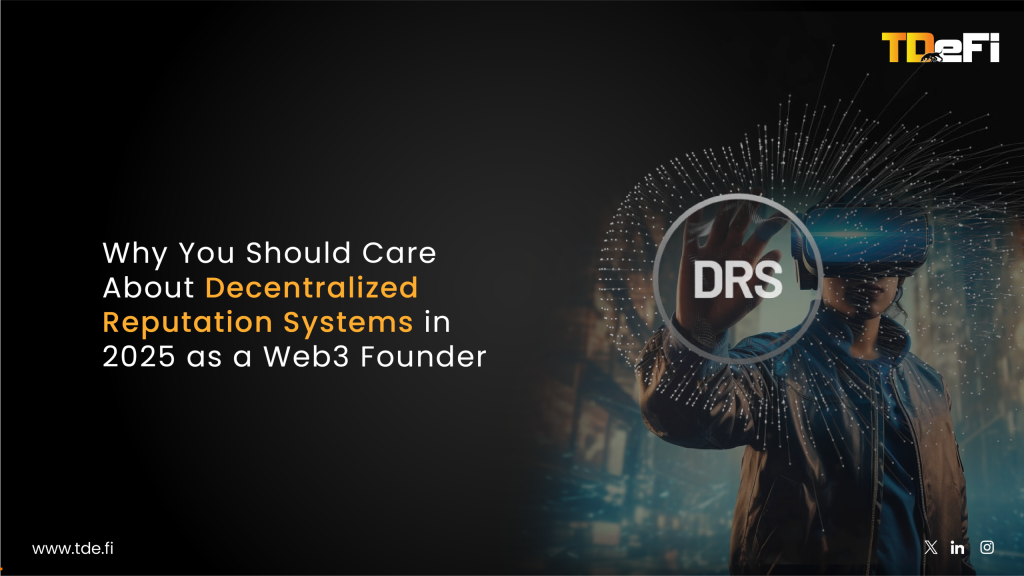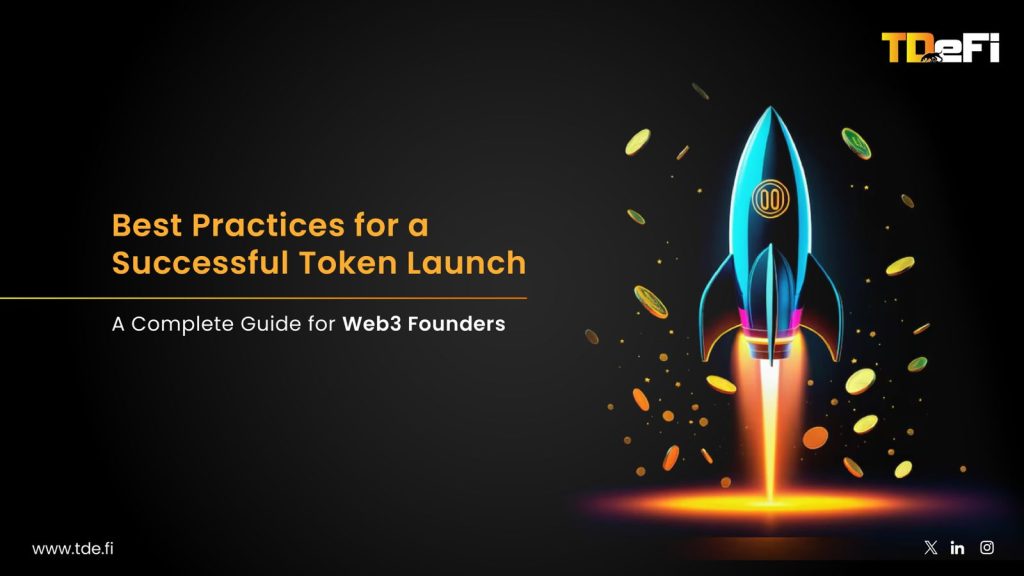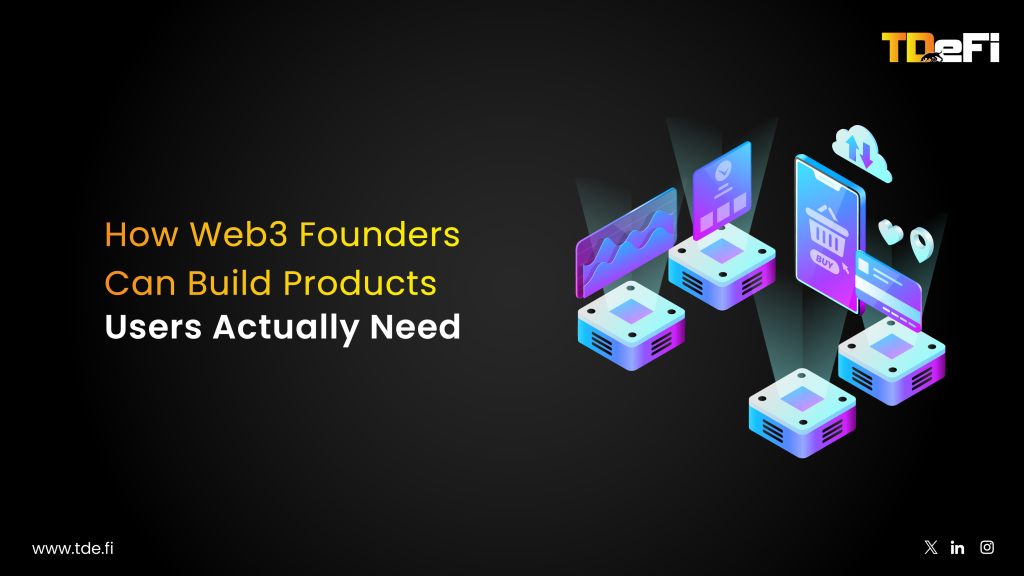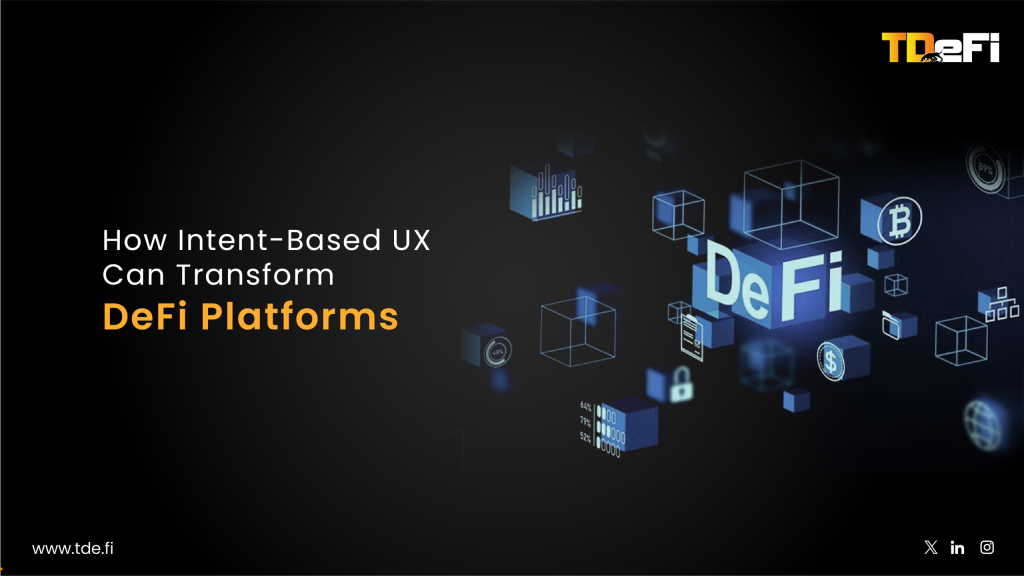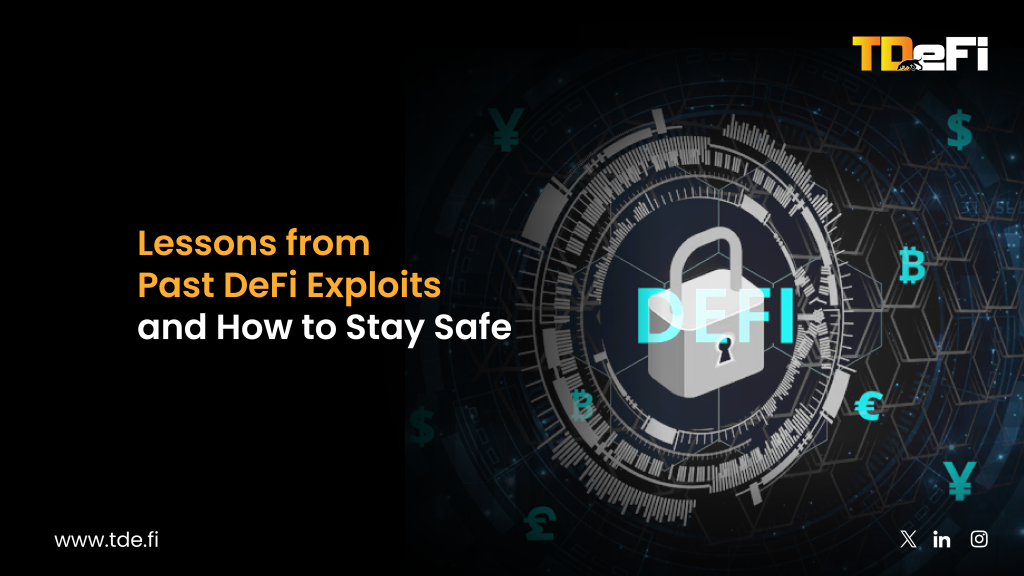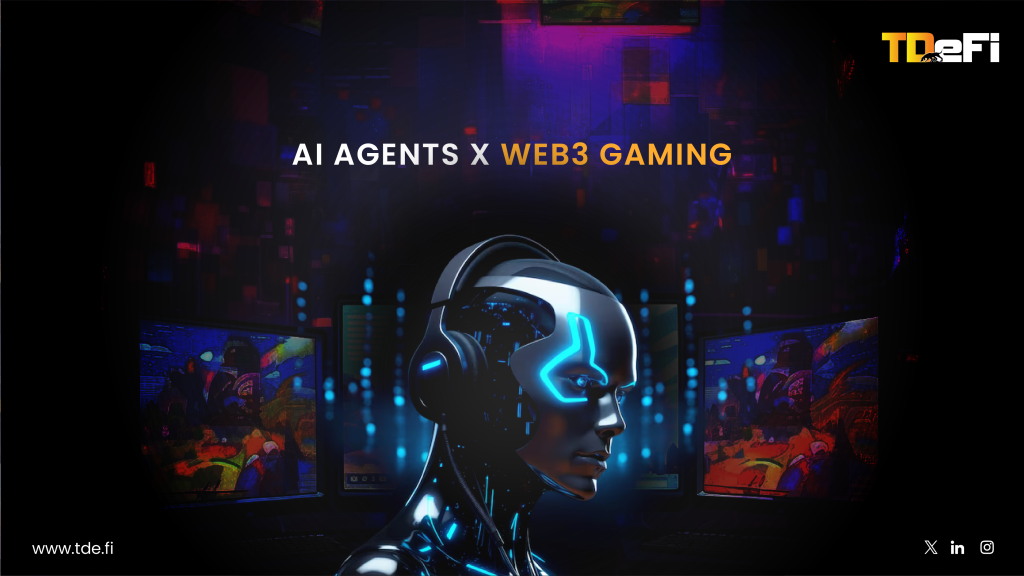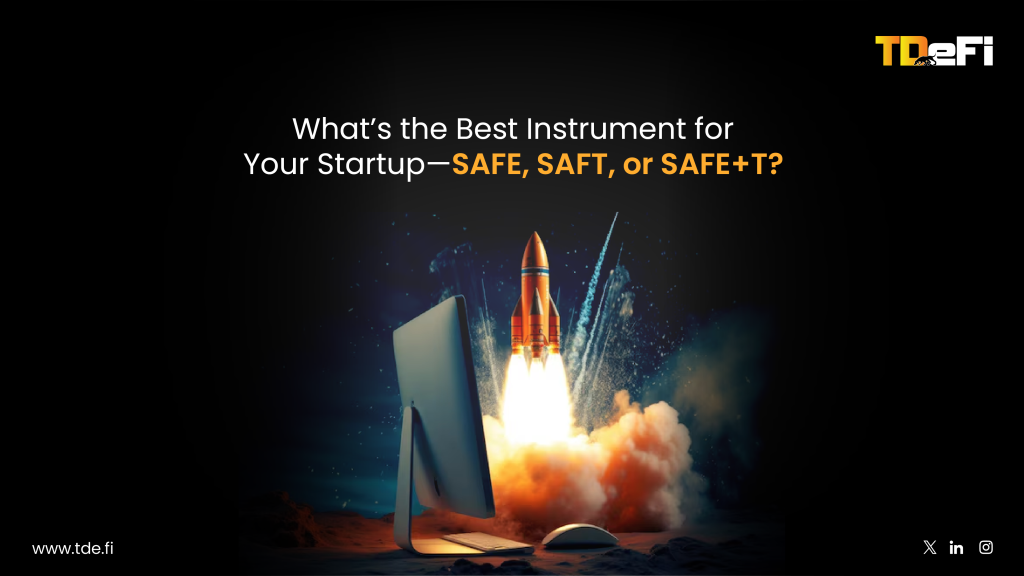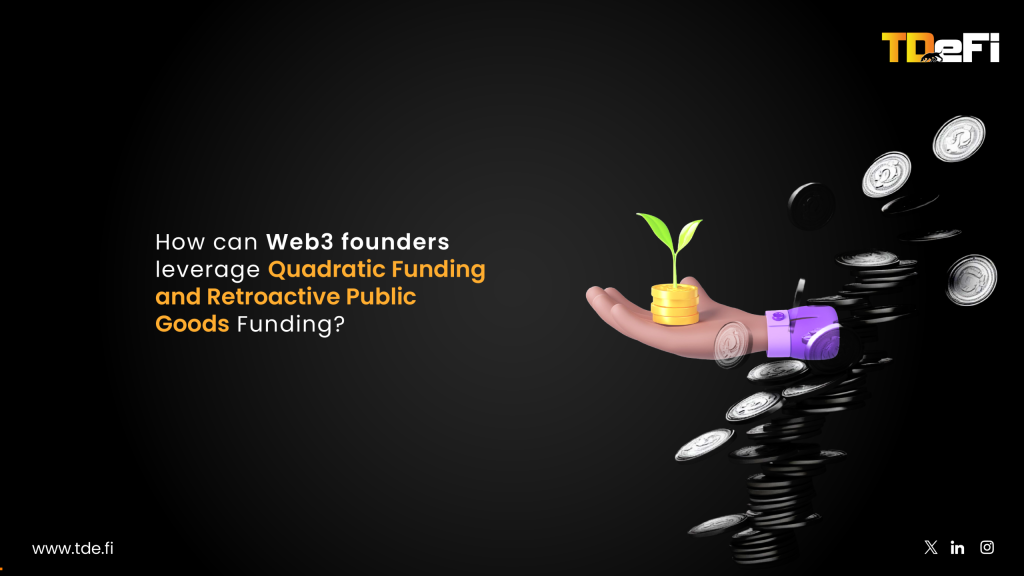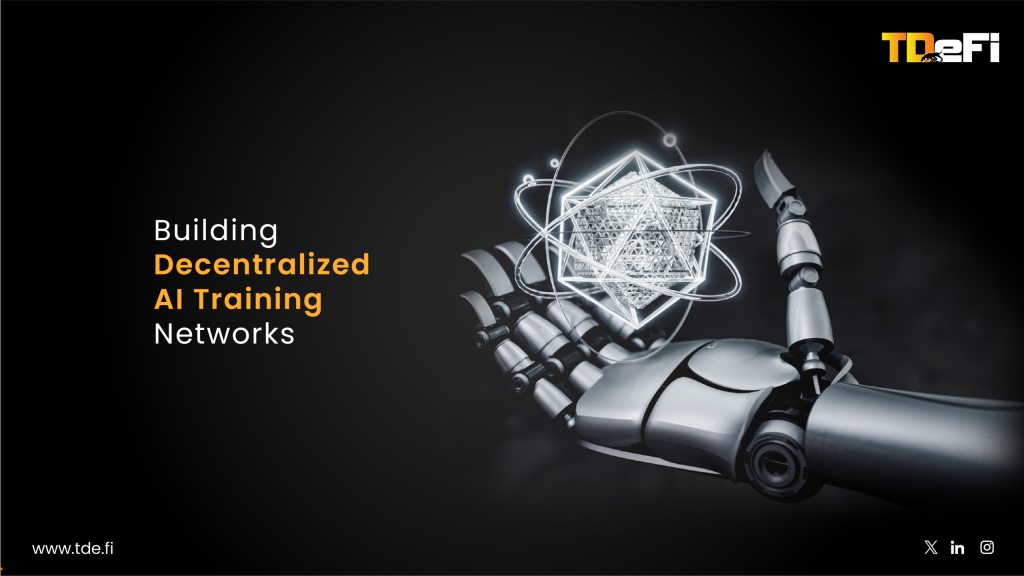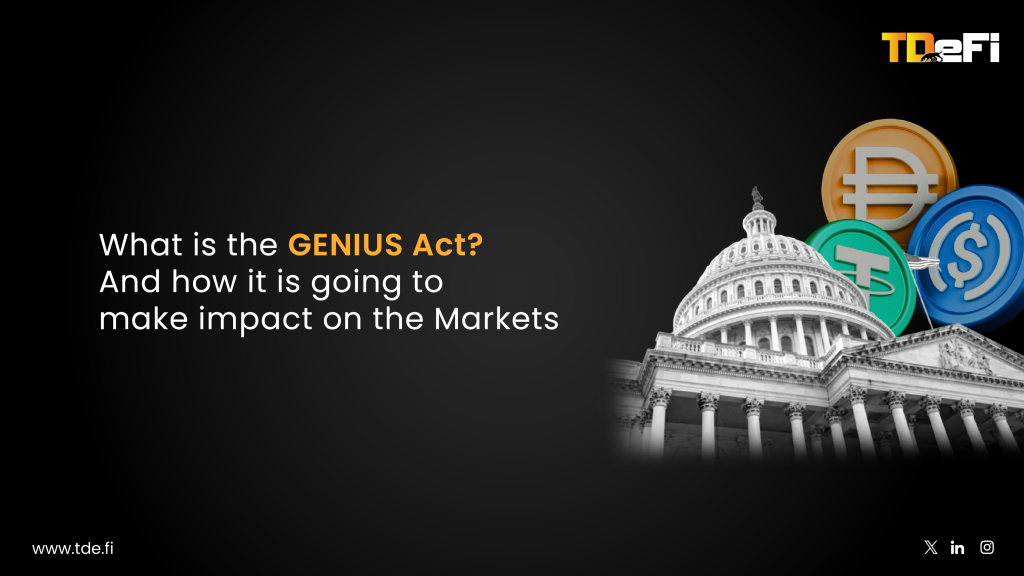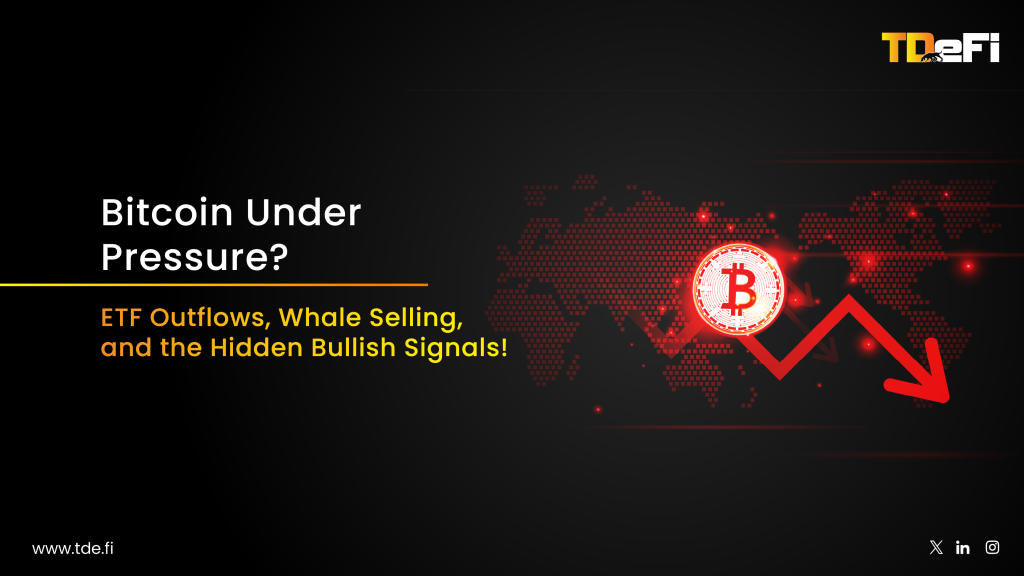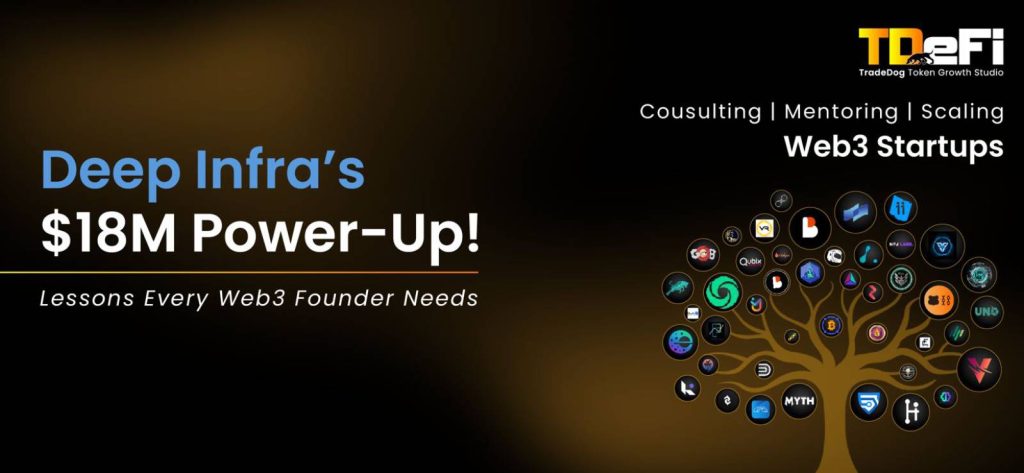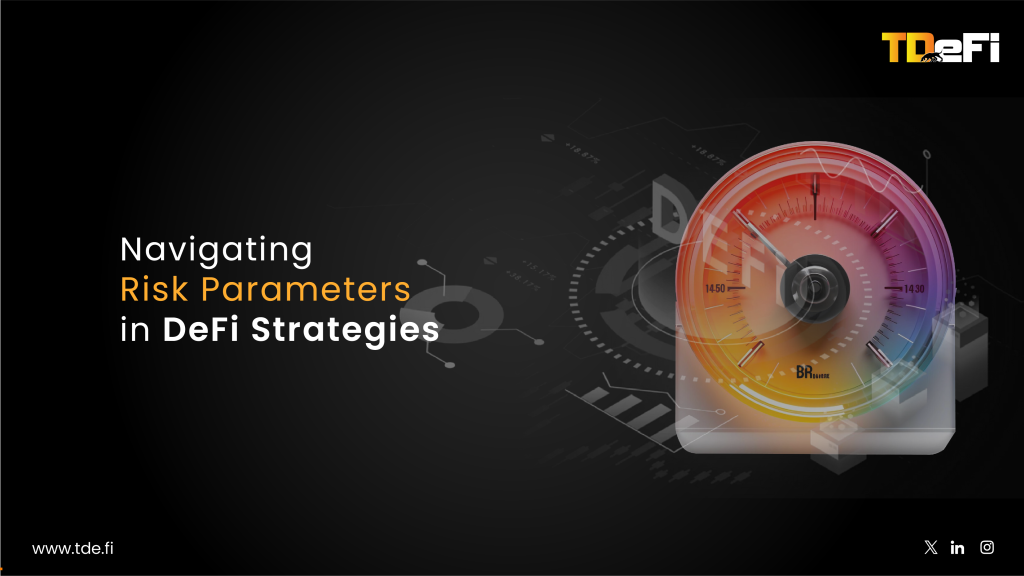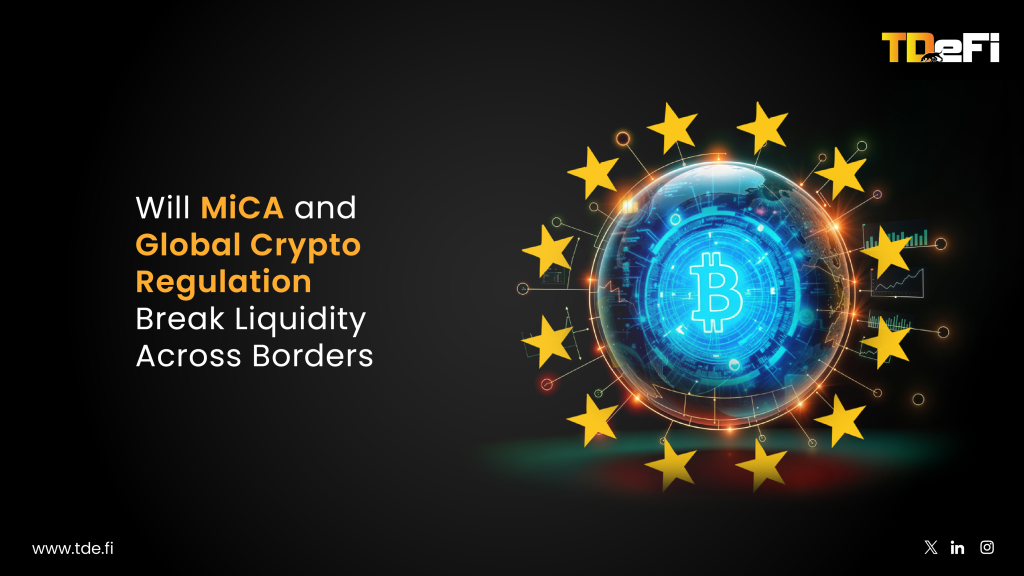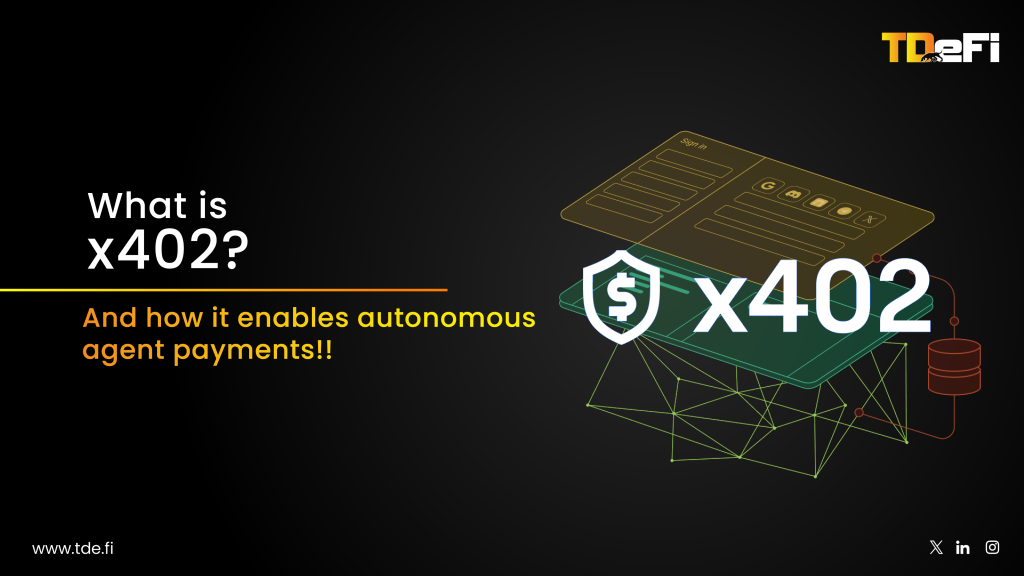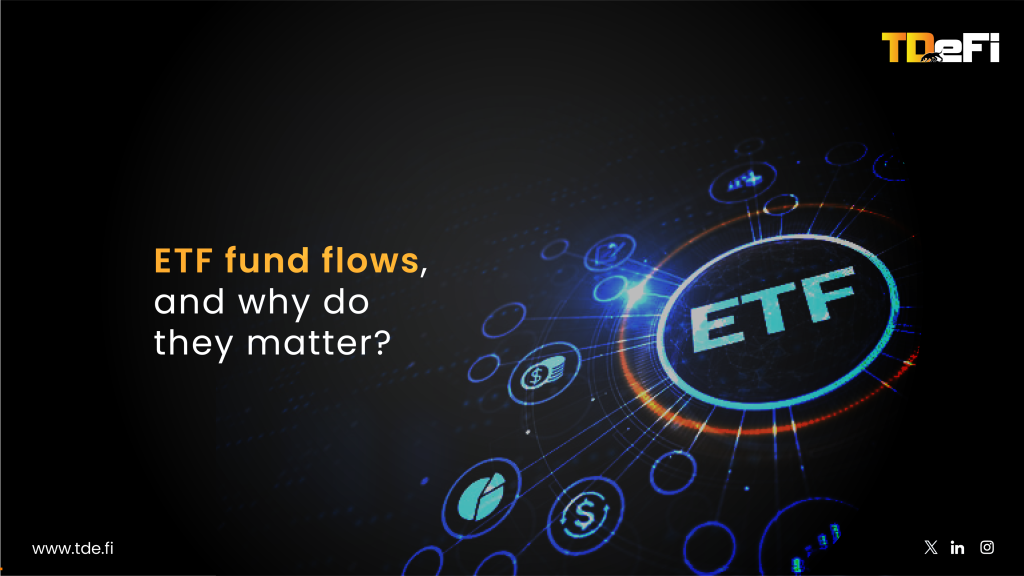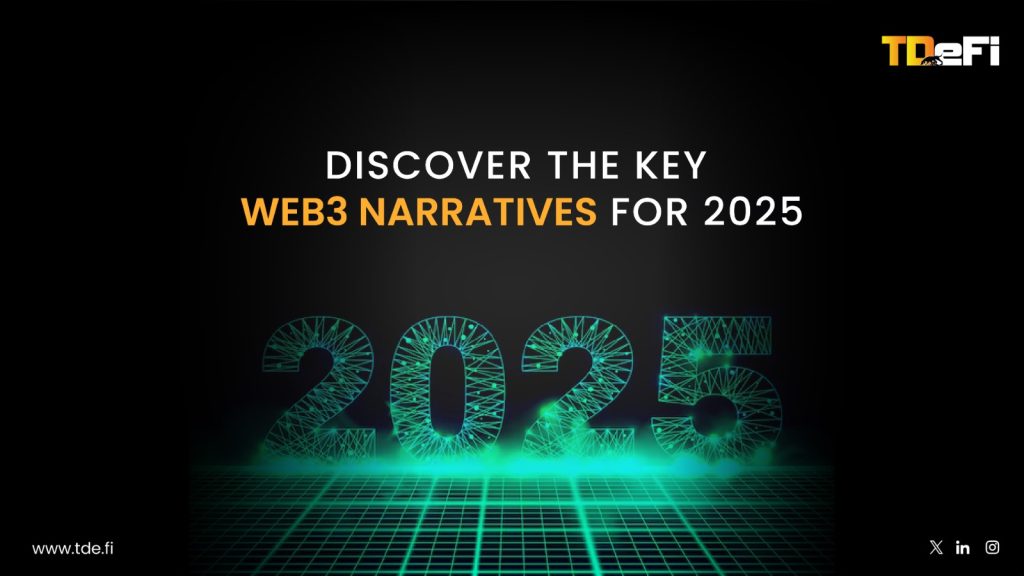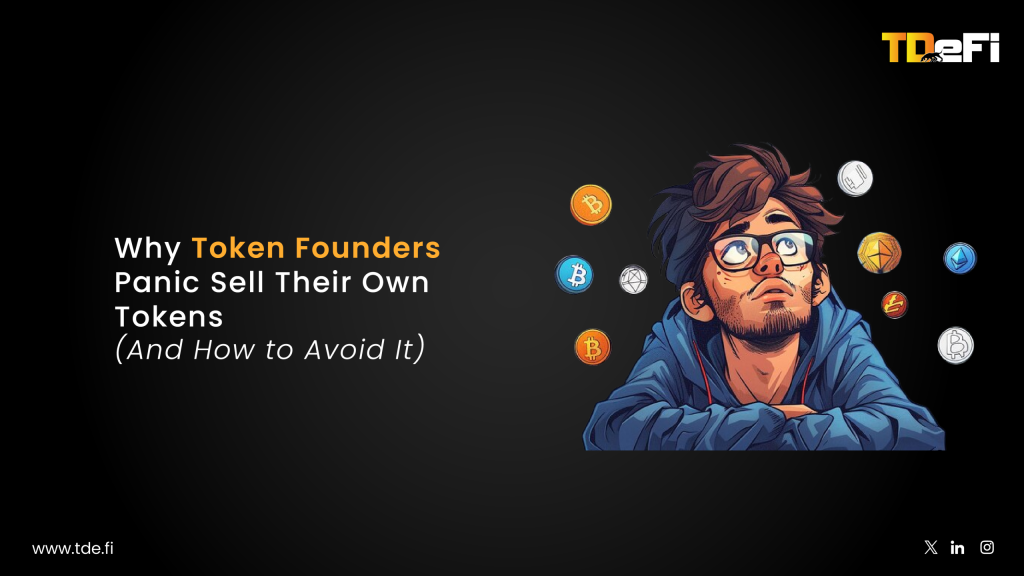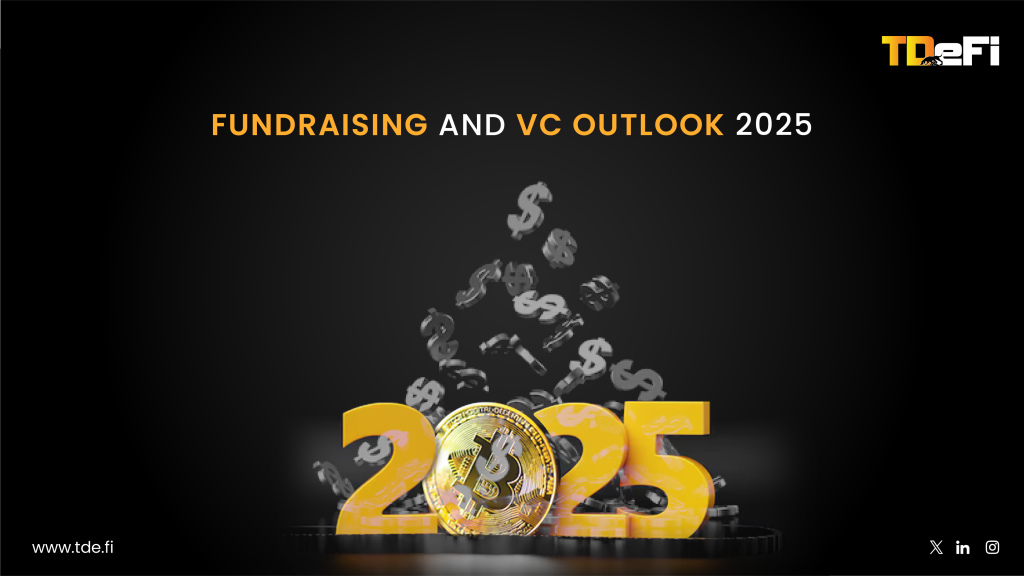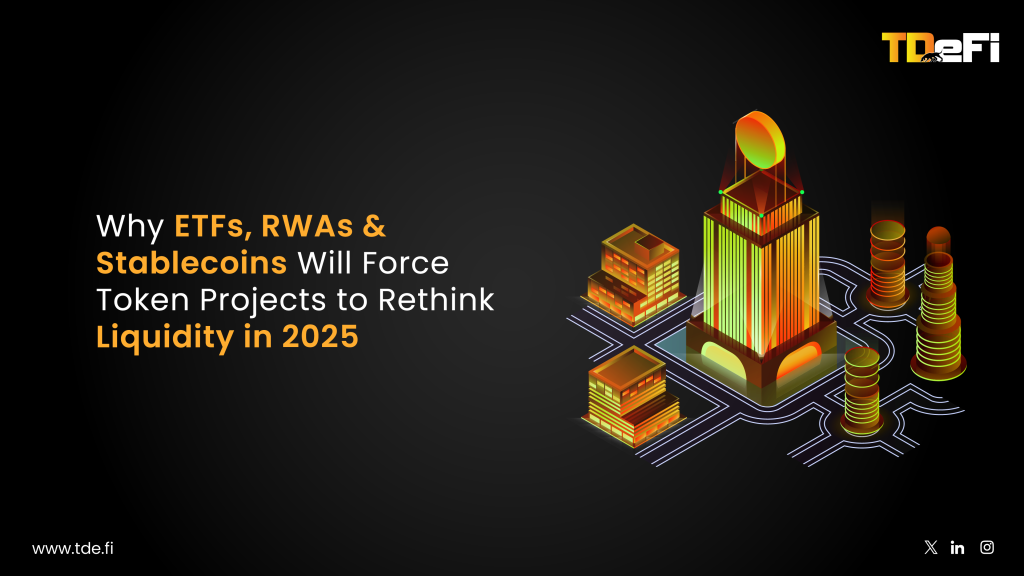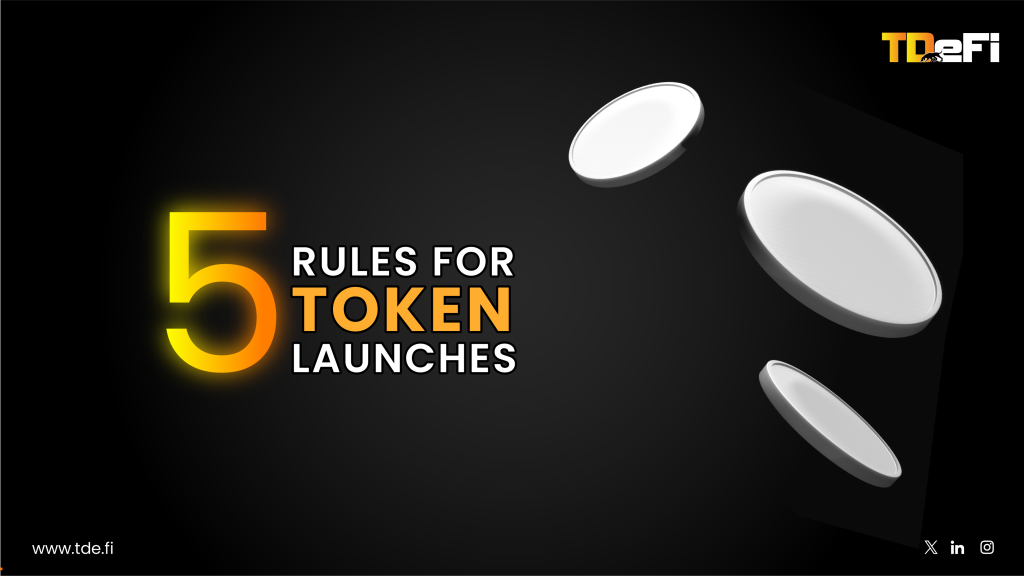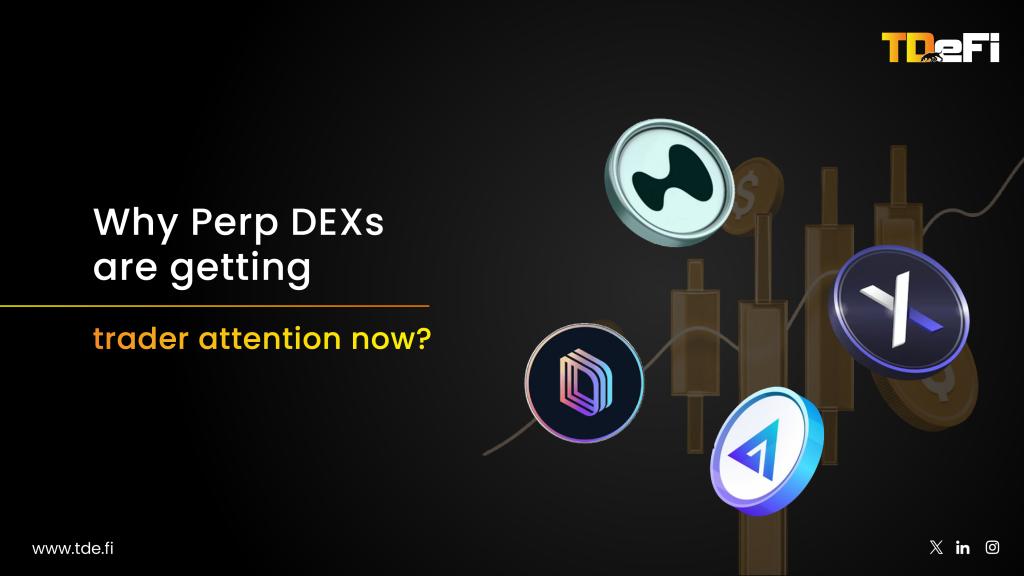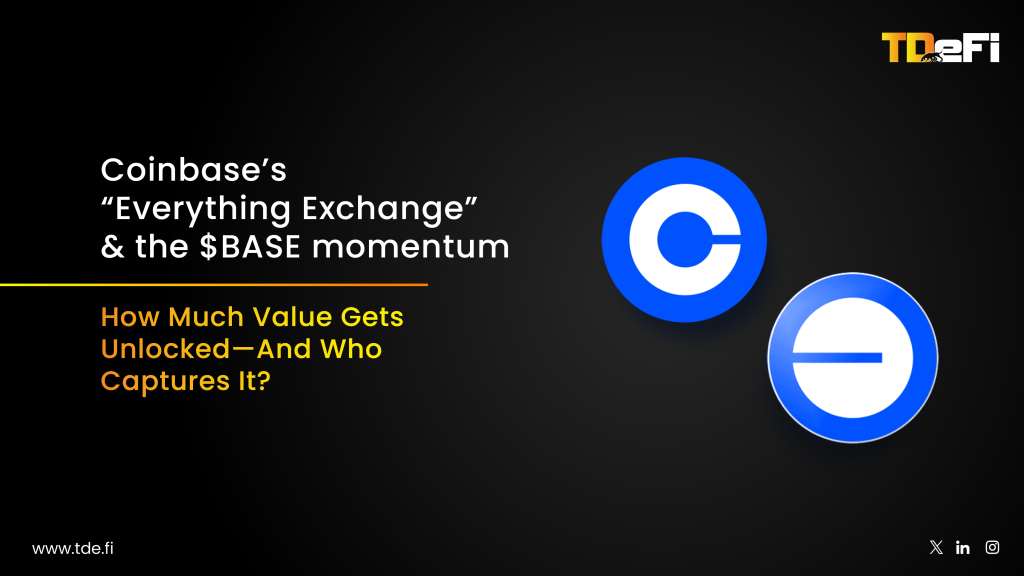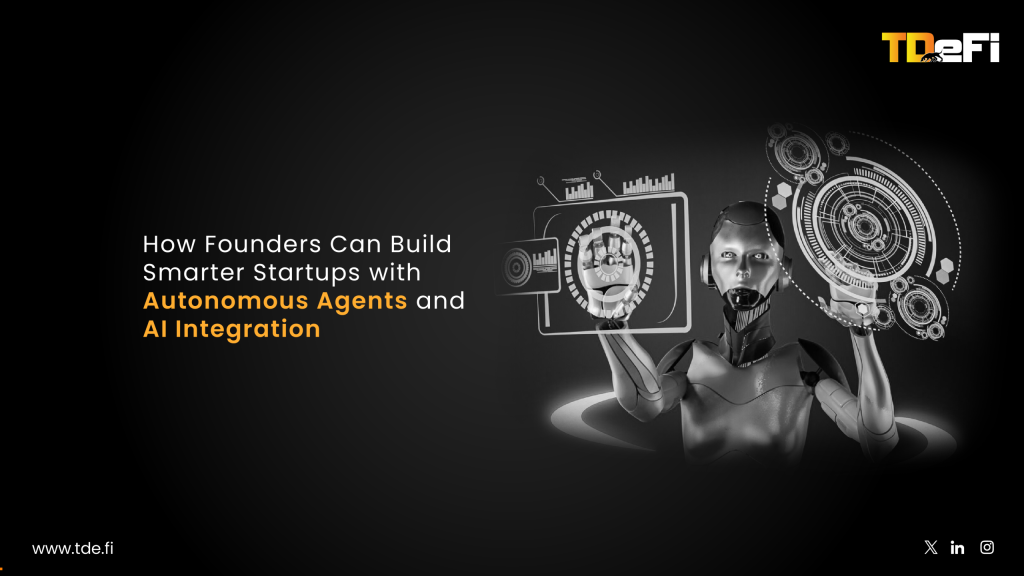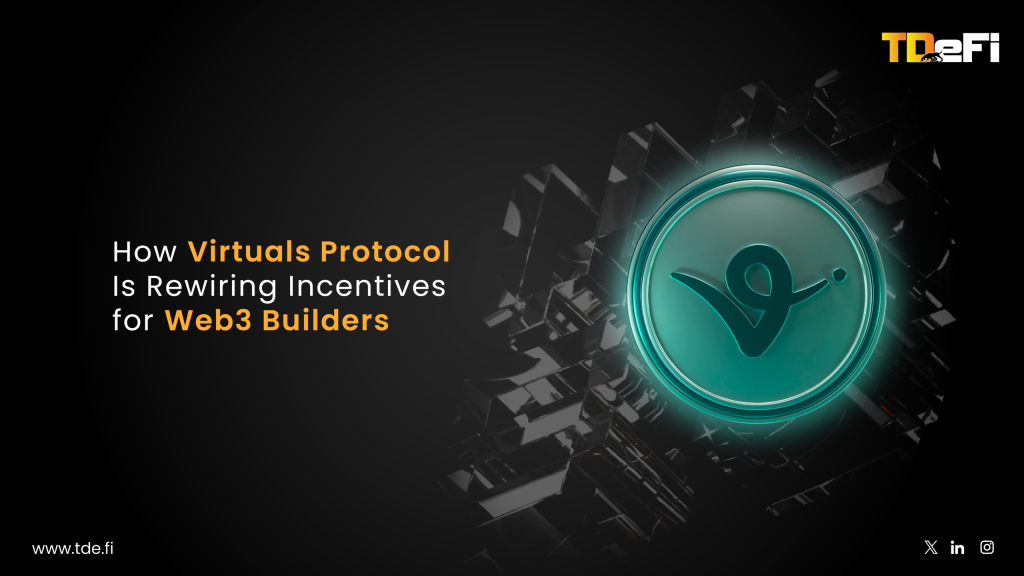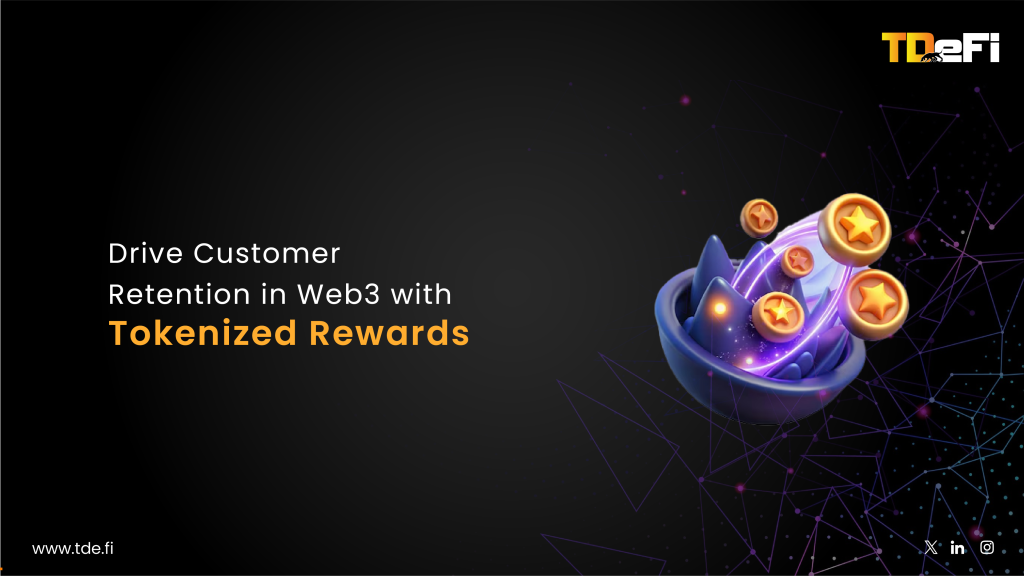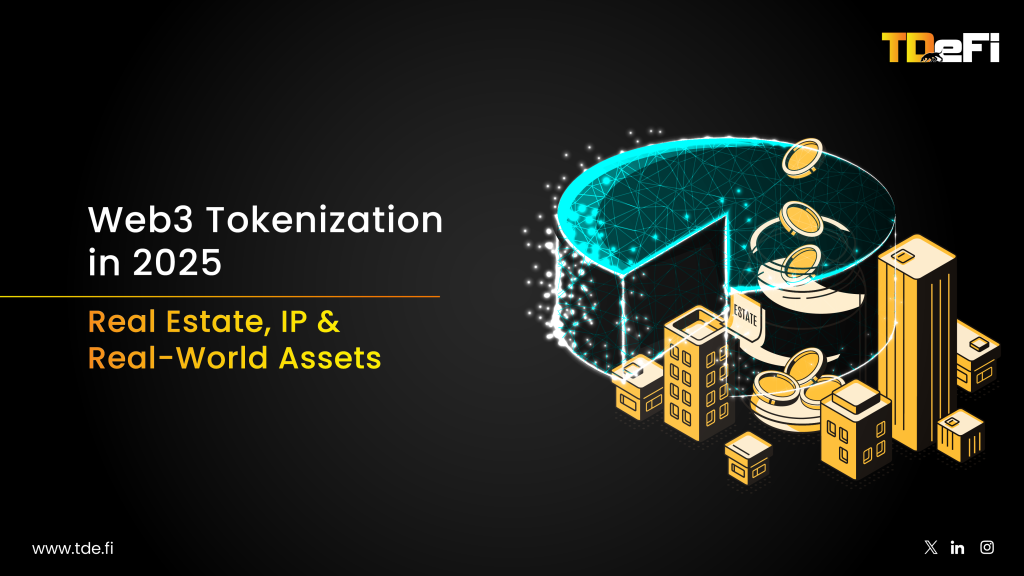TL;DR
Decentralized IoT networks are moving from theory to real-world deployment, rewiring industries from supply chains to energy grids. This blog shows Web3 founders and investors how to architect, scale, and monetize decentralized IoT networks that solve tangible problems-backed by the latest use cases, market data, and hard-earned lessons from the frontlines of DePIN and Web3 infrastructure.
Introduction
Every Web3 founder and investor knows the promise of decentralized IoT: a world where billions of devices interact, transact, and share data without centralized choke points, rent-seeking intermediaries, or single points of failure. But, the conversation has gradually shifted to how we design, scale, and sustain networks that actually work in Web3.
The answer is in the trenches, building trust-minimized data flows, incentivizing honest participation, and solving the scaling, governance, and business model challenges that have tripped up so many early projects.
Let’s begin.
Why Decentralized IoT?
For founders, the first principle is to design token economies that reward honest participation, penalize freeloaders, and adapt as the network matures. The ‘build it and they will come’ era is over. Centralized IoT systems remain brittle and opaque, with single cloud providers controlling device access, data routing, and monetization-creating massive attack surfaces, privacy risks, and rent-extraction that stifles innovation.
Decentralized IoT networks, powered by blockchain and peer-to-peer protocols, are changing the narrative. They enable devices to authenticate, communicate, and transact directly, without a central authority. This translates to greater resilience, censorship-resistance, and a new paradigm for data ownership and monetization.
Example: IoTeX’s Pebble Tracker offers a robust solution for tamper-proof environmental monitoring in sensitive supply chains, including pharmaceuticals. Its sensors track critical parameters like temperature, humidity, and location in real time, with the potential for data to be immutably logged on-chain, enhancing transparency and accountability.
Designing for Scale
Most blockchains can’t handle the throughput of billions of IoT devices. The solution lies in hybrid architectures that prioritize efficiency without sacrificing trust.
Example: The Helium IoT network utilizes a Light Hotspot model where devices handle low-power data transmission locally, while critical metadata like location proofs for Proof-of-Coverage are settled on-chain. This network has supported over 1.5 million devices tracking assets for various applications. Following its migration to the Solana blockchain, transaction costs for network activities are typically sub-$0.01.
Incentives and Tokenomics
Tie token rewards to verified real-world actions-not just node operation. Partner with validators (mechanics, auditors) to ensure data integrity.
Example: DIMO enables car owners to earn tokens by sharing vehicle data, such as battery health and mileage, through IoT dongles. To enhance data integrity, the platform employs verification methods. To combat fake data, tokens are only awarded after third-party validators (e.g., repair shops) confirm accuracy.
Security, Privacy, and Trust
Implement ZKPs for sensitive data and hardware-based trusted execution environments (TEEs) for device authentication.
Example: Nodle’s Bluetooth-enabled sensors use zero-knowledge proofs (ZKPs) to verify location data from smartphones without revealing user identities. This privacy-first approach has secured partnerships with EU smart cities for crowd analytics during major events .
Governance and Upgradability
Segment governance rights based on expertise (e.g., manufacturers handle hardware specs, token holders manage tokenomics).
Example: XYO Network uses a dual-token architecture and decentralized governance model, where the original XYO token serves as the governance, staking, and long-term value alignment asset, while the new XL1 token powers day-to-day operations and high-throughput transactions on its Layer 1 blockchain. Token holders participate in governance and staking, helping to secure the protocol and align incentives for both performance and security.
Interoperability and Open Standards
Build open APIs and adopt standards like W3C Decentralized Identifiers (DIDs) to ensure compatibility with legacy IoT systems.
Example: VeChain’s ToolChain integrates with IoT sensors from partners like Avery Dennison to enable real-time data sharing across industries. For instance, temperature data from IoT sensors in food shipments can be automatically logged on VeChain’s blockchain, and smart contracts can trigger actions-such as alerts or payment releases-if thresholds are breached.
Real World Use Cases
1. Supply Chain: Caterpillar, a global leader in heavy machinery, uses advanced IoT sensors and AI-driven analytics to monitor the health of its mining and construction equipment in real time. These sensors continuously collect data on machinery performance and transmit it to cloud-based systems, where AI algorithms predict potential failures and optimize maintenance schedules. This predictive maintenance approach reduces downtime, lowers repair costs, and extends equipment lifespan.
2. Energy: Chevron exemplifies IoT and AI integration in the energy sector by installing sensors throughout its pipelines to monitor pH, gas concentrations, and pipe integrity in real time. Data from these sensors is transmitted to cloud platforms where AI algorithms analyze it for early signs of corrosion or leaks, enabling predictive maintenance and reducing the risk of costly failures. In the renewable energy space, companies like E.ON use IoT to control and monitor remote wind farms, including those in challenging locations like the Scottish Highlands.
3. Healthcare: ResMed’s AirSense 10 AutoSet is an IoT-enabled device that tracks sleep data for patients with sleep apnea, transmitting information to healthcare providers who use AI analytics to personalize treatment and identify issues early. Philips Lifeline, a personal emergency response system, uses wearable IoT pendants to detect falls and emergencies, connecting seniors to 24/7 response centers and enabling real-time intervention.
Closing Thought
Decentralized IoT isn’t about replacing legacy systems, but about augmenting them with user ownership, transparency, and resilience. The projects leading this shift (Helium, IoTeX, DIMO) didn’t stop at just innovating technically. They also redefined who benefits from connected devices.
TDeFi empowers new-age startups with the strategic insights and guidance required for effective token design, regulatory adherence, and go-to-market strategies. If you too are building in the decentralized space, explore how we can accelerate your Web3 vision.


